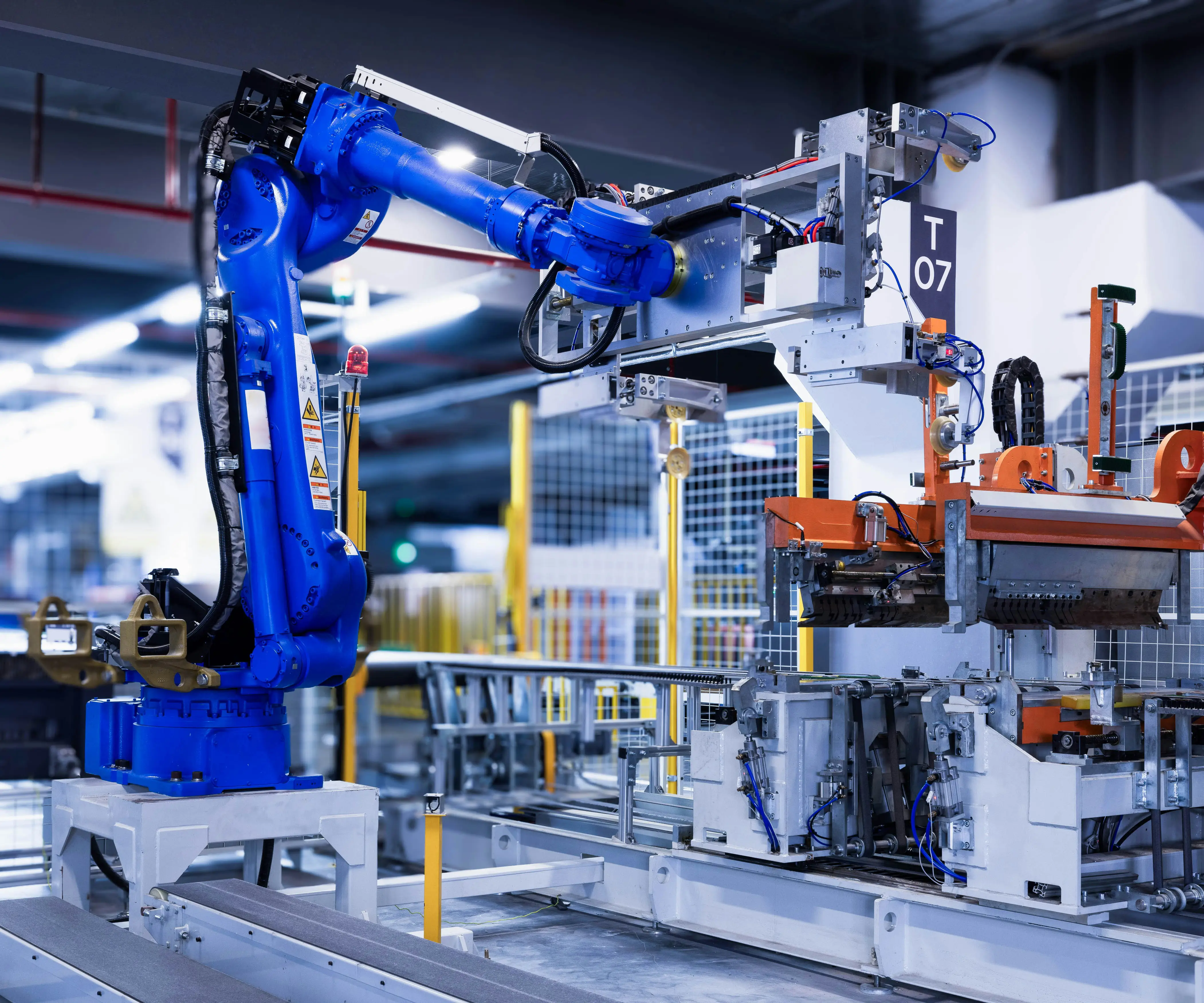Imagine clicking through an online store. You add a few items to your cart, and suddenly, everything feels seamless like magic. That fluid experience isn’t just luck — it’s the result of a well-structured microservices architecture powering ecommerce platforms. It’s about breaking down the monolith into smaller, manageable pieces that talk to each other smoothly.

Now, picture a typical online shop. Behind the scenes, it’s a dynamic ecosystem: inventory, payment, user profiles, recommendations—all operating independently but harmoniously. That’s where microservices shine. Instead of one giant program that handles everything, each function runs as a tiny, dedicated service. It’s like having a bunch of expert workers, each focused on one task, kept in sync with lightning-fast communication.
Why is this cool? For starters, scaling becomes a breeze. Want to handle a spike during holiday sales? You just beef up the specific service that manages orders or payment processing. No need to touch the entire system. Plus, updates are less risky — a change in the user profile service won’t crash the checkout flow. Imagine swapping out small Lego pieces without dismantling the whole structure. Sounds pretty efficient, right?
People often ask, “How does this affect customer experience?” Well, think about a scenario where a customer encounters a slow response at checkout. With microservices, it’s often localized. Maybe the payment gateway had a hiccup, but the rest of the store is humming along. Your customer might face a tiny delay, but the overall experience remains top-notch. That’s because each part can be optimized independently, reducing downtime and keeping transactions swift.
And here’s something you might not think about at first glance: data security. When you isolate services, you can implement tighter security protocols around critical functions. One service being compromised doesn’t necessarily compromise the whole system. Plus, deploying updates becomes faster and less risky. You know, that moment when you’re eager to roll out a new feature without risking breaking the entire platform? Thanks to microservices, it’s often just a matter of updating one small piece.
Isn’t it tempting to imagine a future where ecommerce platforms are more resilient, flexible, and quick to adapt? Microservices architecture isn’t just a buzzword—it's the backbone of modern online retail. It can handle complex demands without breaking a sweat, and it adapts to whatever customers throw at it. When your platform is built like this, you're not just keeping up; you’re setting the pace.
If you’ve ever wondered whether your current setup is holding you back, maybe it’s time to think bigger. Microservices can pave the way for innovation, giving you the agility to respond to market trends in real-time. That’s real power, wrapped in a flexible, scalable architecture. After all, isn’t that what every successful ecommerce experience needs?
Established in 2005, Kpower has been dedicated to a professional compact motion unit manufacturer, headquartered in Dongguan, Guangdong Province, China. Leveraging innovations in modular drive technology, Kpower integrates high-performance motors, precision reducers, and multi-protocol control systems to provide efficient and customized smart drive system solutions. Kpower has delivered professional drive system solutions to over 500 enterprise clients globally with products covering various fields such as Smart Home Systems, Automatic Electronics, Robotics, Precision Agriculture, Drones, and Industrial Automation.




































